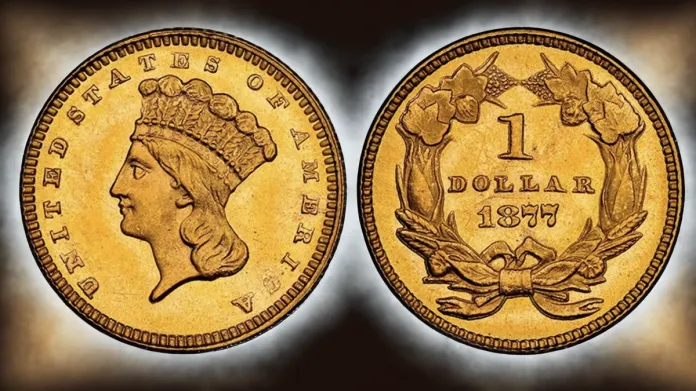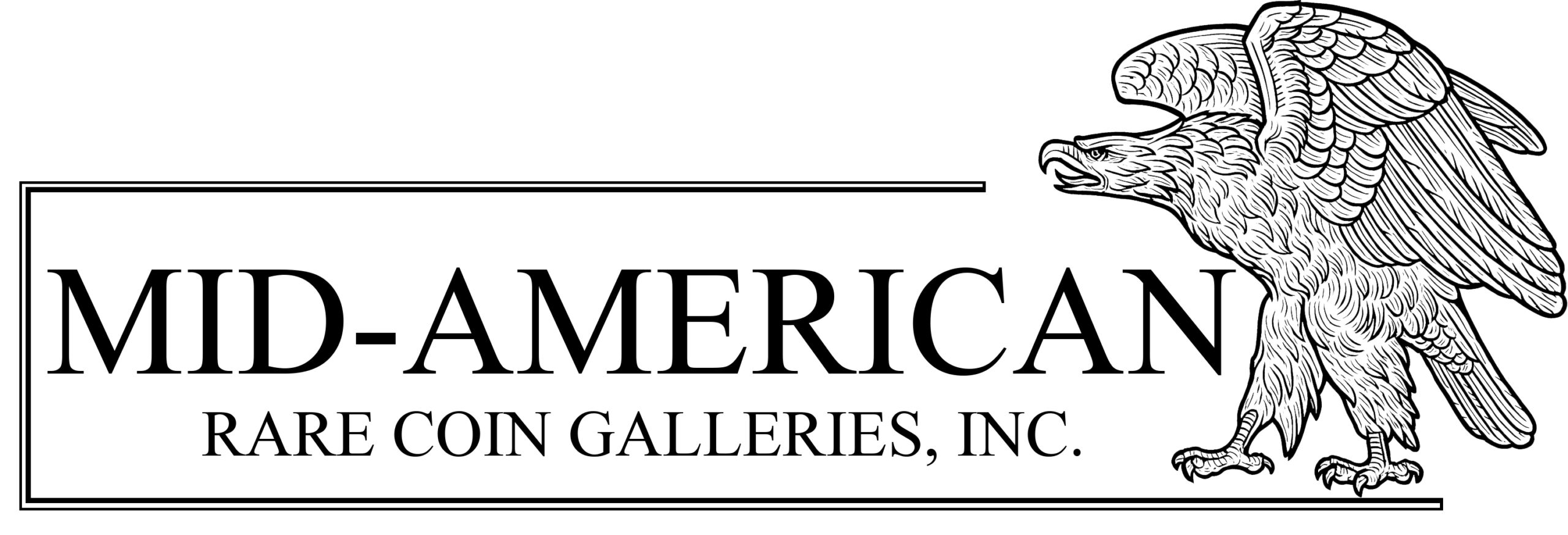It has been widely reported in the last couple of weeks that the price for gold bullion has now exceeded $3,000 per ounce. The price seems to be stable, with little signs of coming back down anytime soon. There has certainly been a flight to safety as the stock market and other assets have slipped considerably in the last 30 days. Global markets hate uncertainty, and gold has been the preferred hedge against calamity for more than 2,000 years.
Gold bugs and anyone who has a position in gold are certainly happy these days. Their predictions of skyrocketing metal prices have come to fruition. What’s next with gold prices is anyone’s guess, but for now, rare coin collectors have to come to terms with how to deal with $3,000 gold.
One of the biggest casualties of $3,000 gold prices has been the demand for many U.S. gold coins. Double eagles can now be purchased for very close to melt value – this includes certified coins in Mint State grades. The market prices for five-dollar half eagle and 10 dollar eagle gold coins are not much better. The bottom line is that not many collectors can afford a series that starts at $3,000 for the most common dates.

So you, like many others who love U.S. gold coins, may need to explore more affordable alternatives. The diminutive Gold Dollar is one series that you may want to consider collecting. The Gold Dollars produced from 1849 to 1889 contain .04837 ounces of gold and have a melt value of about $145, with gold at $3,000 per ounce. With common-date issues selling for about $350 in lower grades, this is a much lower entry point than for the silver-dollar-sized double eagles.
The Gold Dollar series also has the advantage of not being found in hordes of gold that continue to flow back into the country from European banks. The known population of Gold Dollars will most likely remain stable for the foreseeable future.
One of the best things about Gold Dollars is the considerable number of dates that can be purchased for less than $500. The Gold Dollar was a workhorse denomination and were produced in fairly large numbers from about 1849 through 1862. Mintage numbers plunged (as would be expected) during the Civil War, but increased substantially for several issues in later years.
Three Types to Collect
Gold Dollars were first introduced as a new alternative to the silver dollar in 1849, following the discovery of gold in California. James B. Longacre, Chief Engraver of the United States Mint, designed the new coin. The coin struck from 1849 to 1854 was only 13 mm in size and is considered Type One of the series.
The Type One Gold Dollars were criticized for their extremely small size. Therefore, Longacre produced a new design in 1854 and increased the size to 15 mm. The design, struck from 1854 to 1856, features an Indian princess, and is known as the Type Two Gold Dollar.
Due to minting troubles with Type Two Gold Dollars, the design was modified in 1856 by slightly lowering the relief and making the portrait wider. These coins were produced from 1856 to 1889 and are known as the Type Three design.
Ways to Collect Gold Dollars
There are many ways to collect U.S. Gold Dollars. You could just buy one each of the three major Types in the best grade you can afford. Or, if your budget permits, you could try assembling a complete set. The series only has one real stopper, the six-figure-priced 1849-C Open Wreath. This 100 Greatest United States Coins rarity is considered non-collectible by most numismatists. A Mint State example recently sold for more than $1.5 million at auction.
The U.S. Gold Dollar series also boasts an array of the popular “Southern Mint” issues. Starting in 1849 and ending in 1861, coins from the Charlotte, Dahlonega, and New Orleans mints are all represented. The 1861-D Gold Dollar is the only coin made with certainty by the Confederate States of America. The branch mint closed permanently soon after.
The 1875 Gold Dollar has one of the lowest mintages of any U.S. coin. Only 400 coins were struck. For a coin with a super-low mintage, the date can be purchased for less than $20,000 in Mint condition. If the coin were larger in size, it would bring 10 times as much!
Many of the dates after 1875 also have surprisingly low mintages for any U.S. coin and are, in my opinion, very underrated. The following table presents mintage numbers and prices for Gold Dollars struck from 1876 to 1889.
Gold Dollar Mintage Numbers and Prices (1876-1889)

As can be seen from the information above, U.S. Gold Dollars are an interesting and much more affordable collecting option than their oversized cousins. When NGC and other grading companies first started grading California fractional gold in the 1980s, one of my fellow coin dealer friends noted that, in a holder, gold coins are all the same size now. The same can be said for Gold Dollars!
What the series lacks in size it more than makes up in an array of interesting issues and rarities. There are two coins (the 1849-C and 1861-D) listed in my 100 Greatest United States Coins book. Regardless of how you decide to collect Gold Dollars, you will find the task challenging and not break the bank by buying coins with an outsized bullion value.
